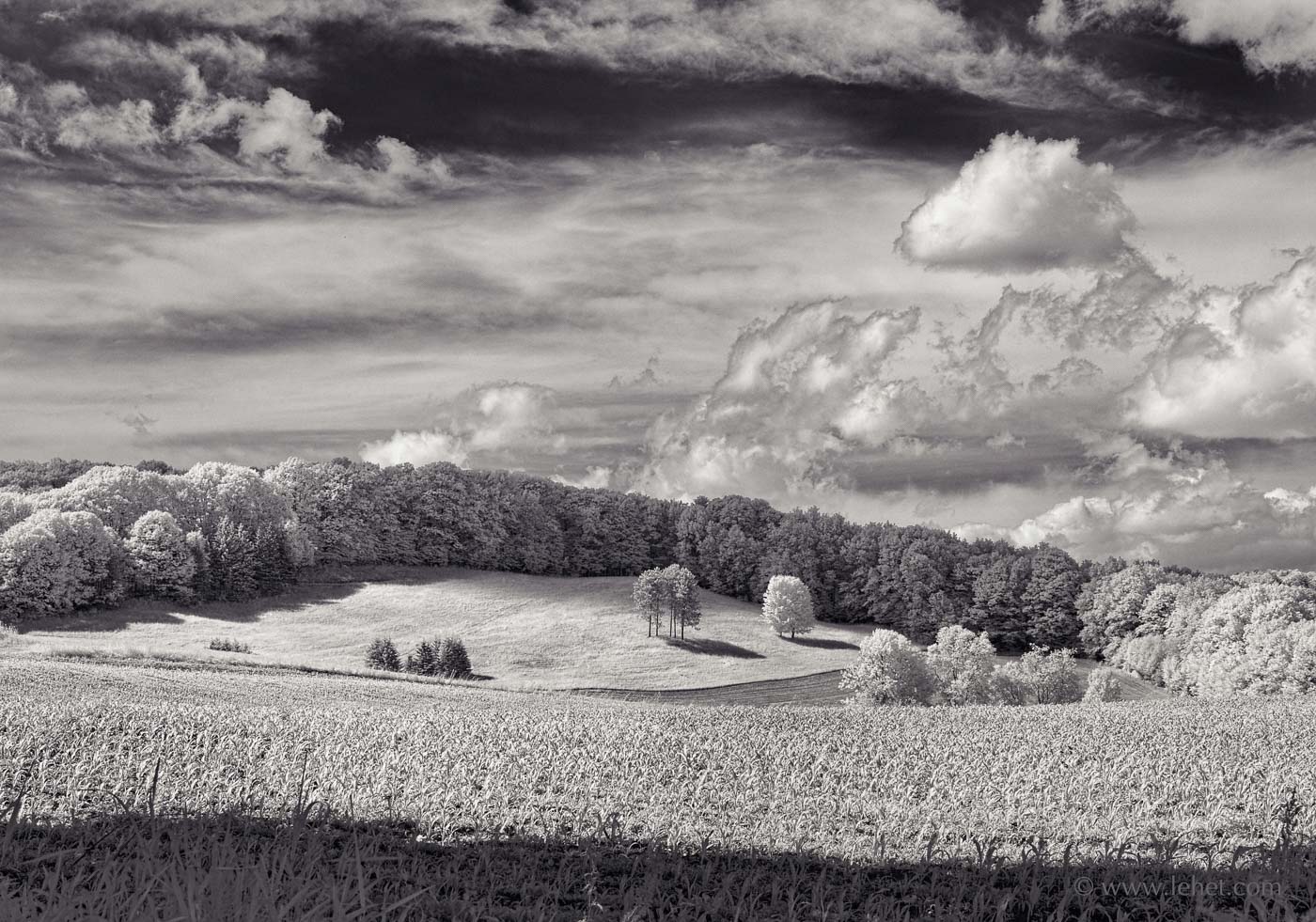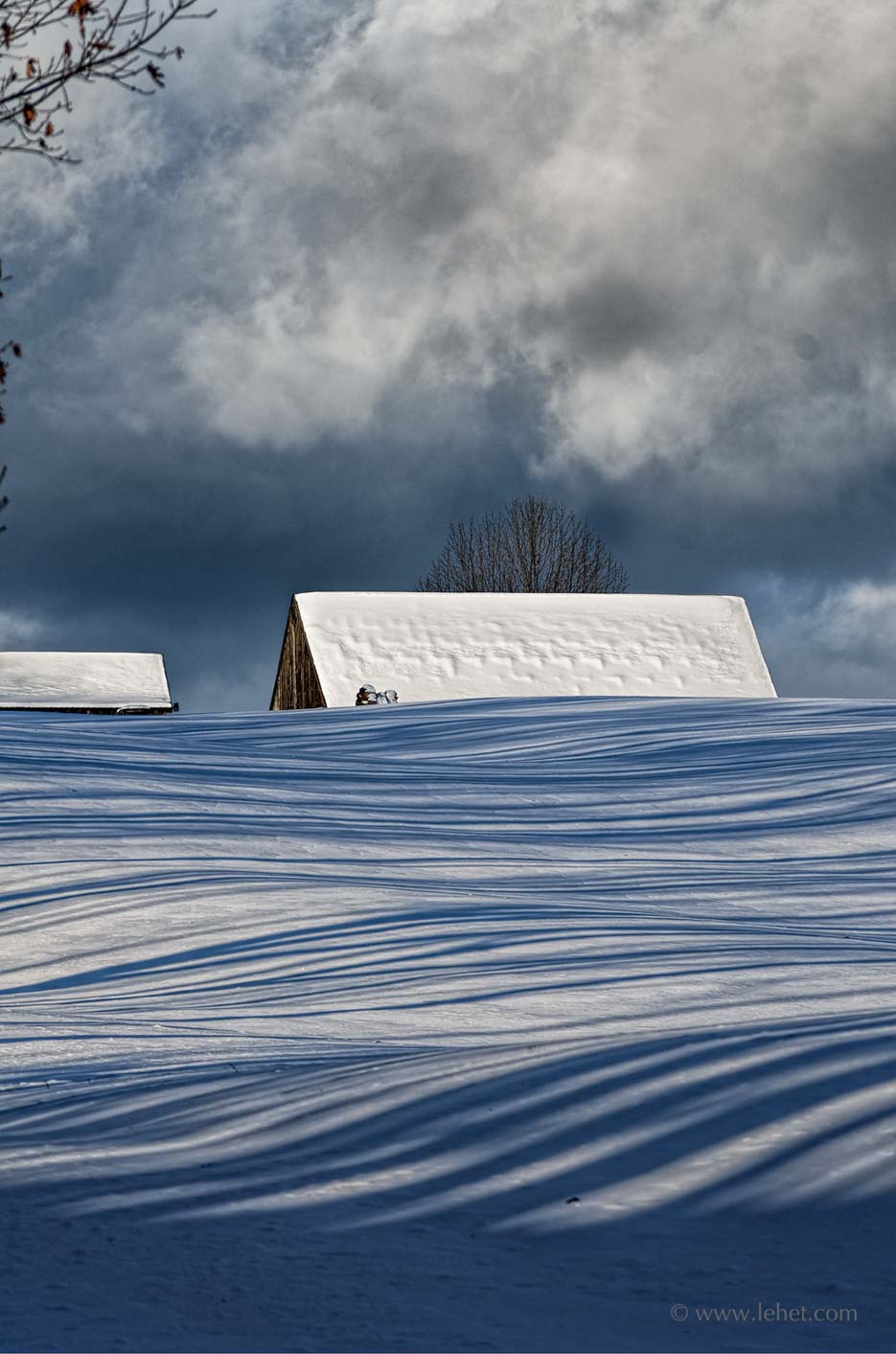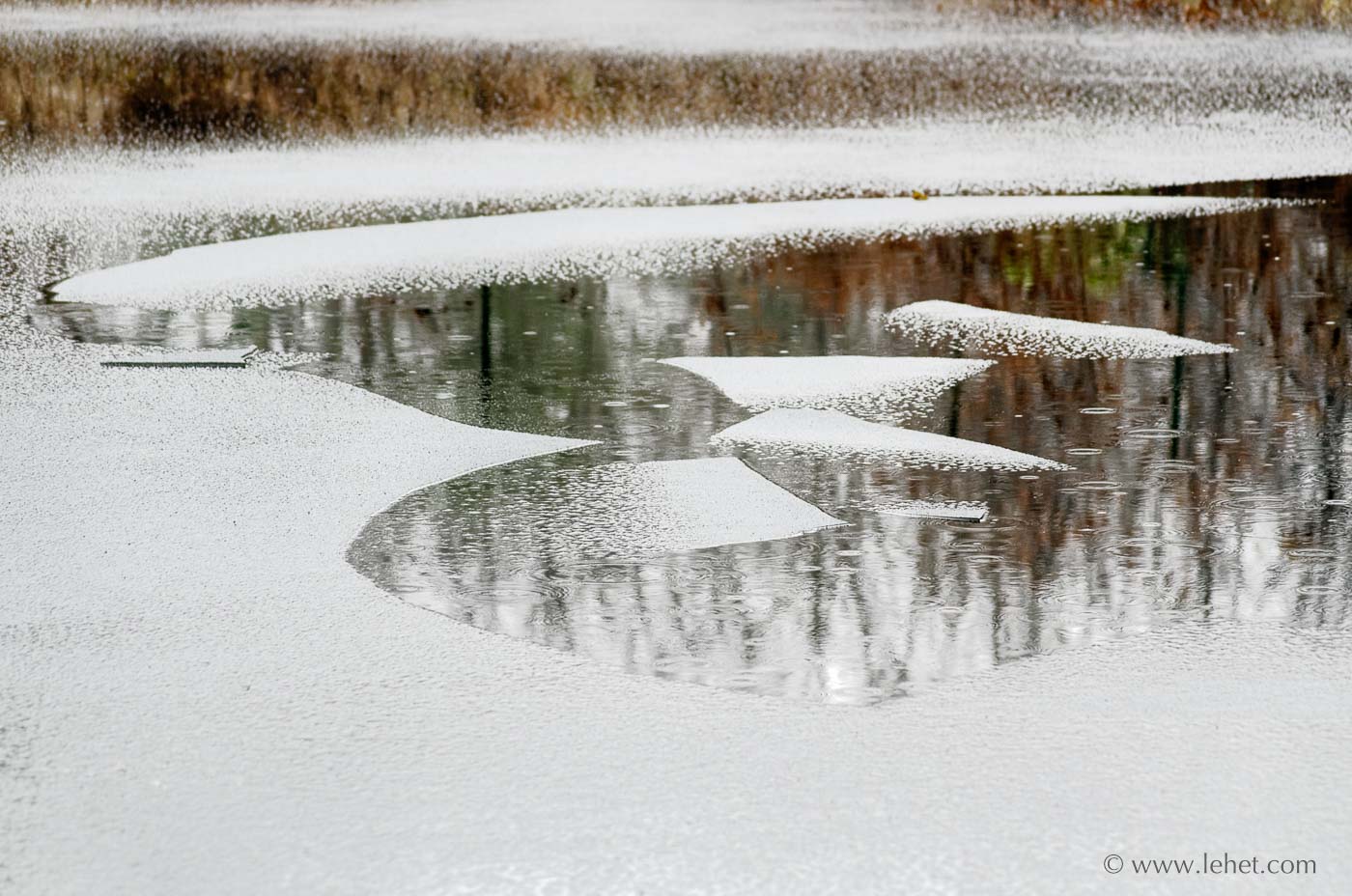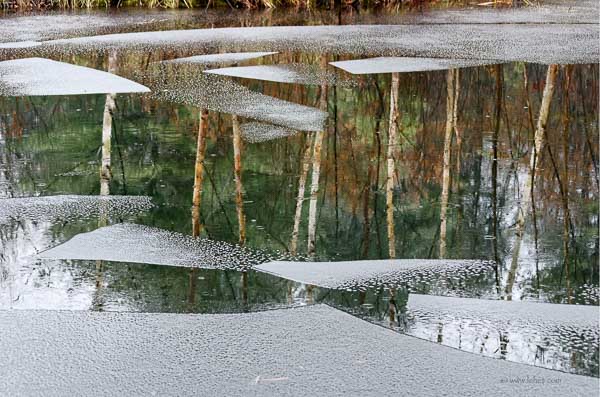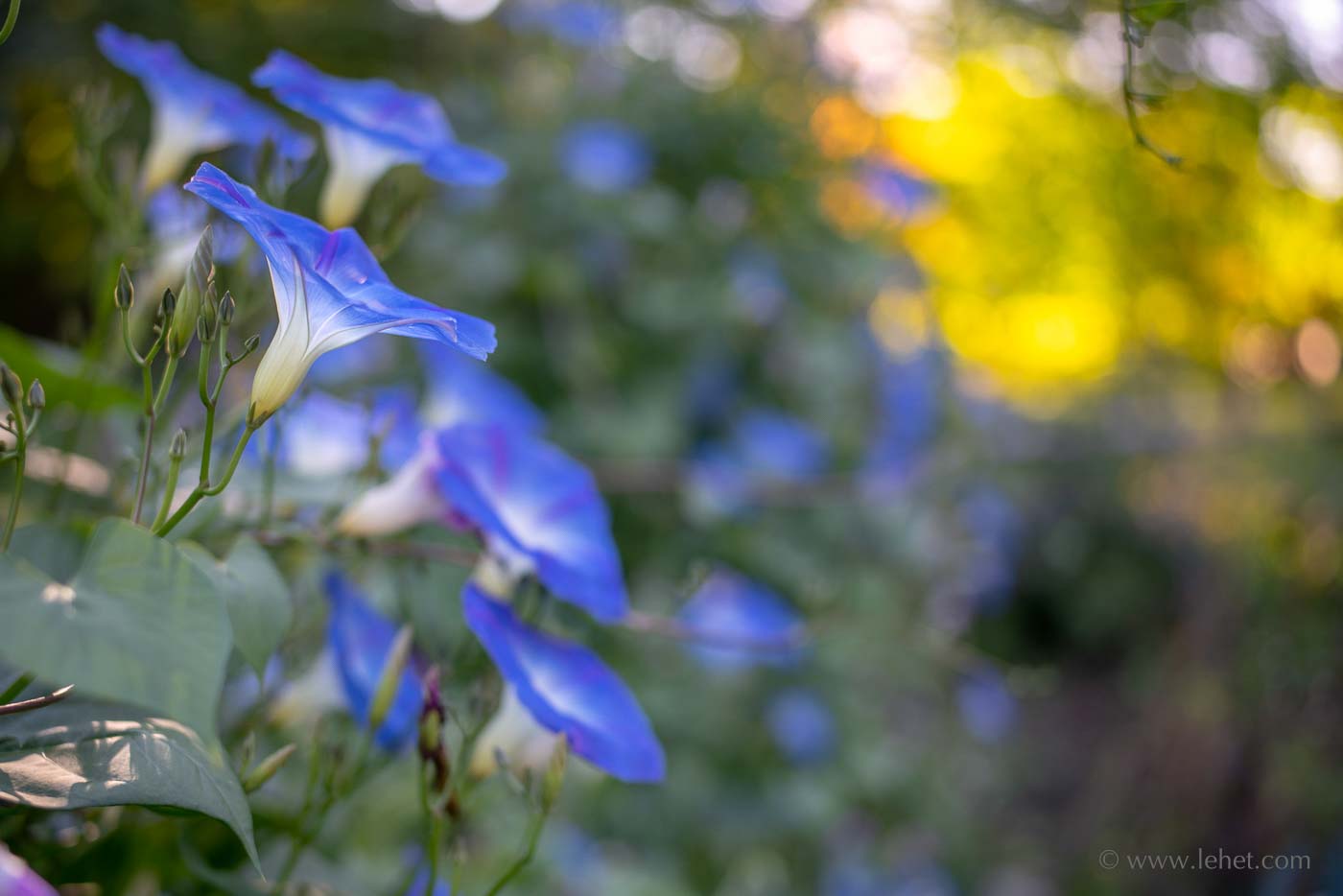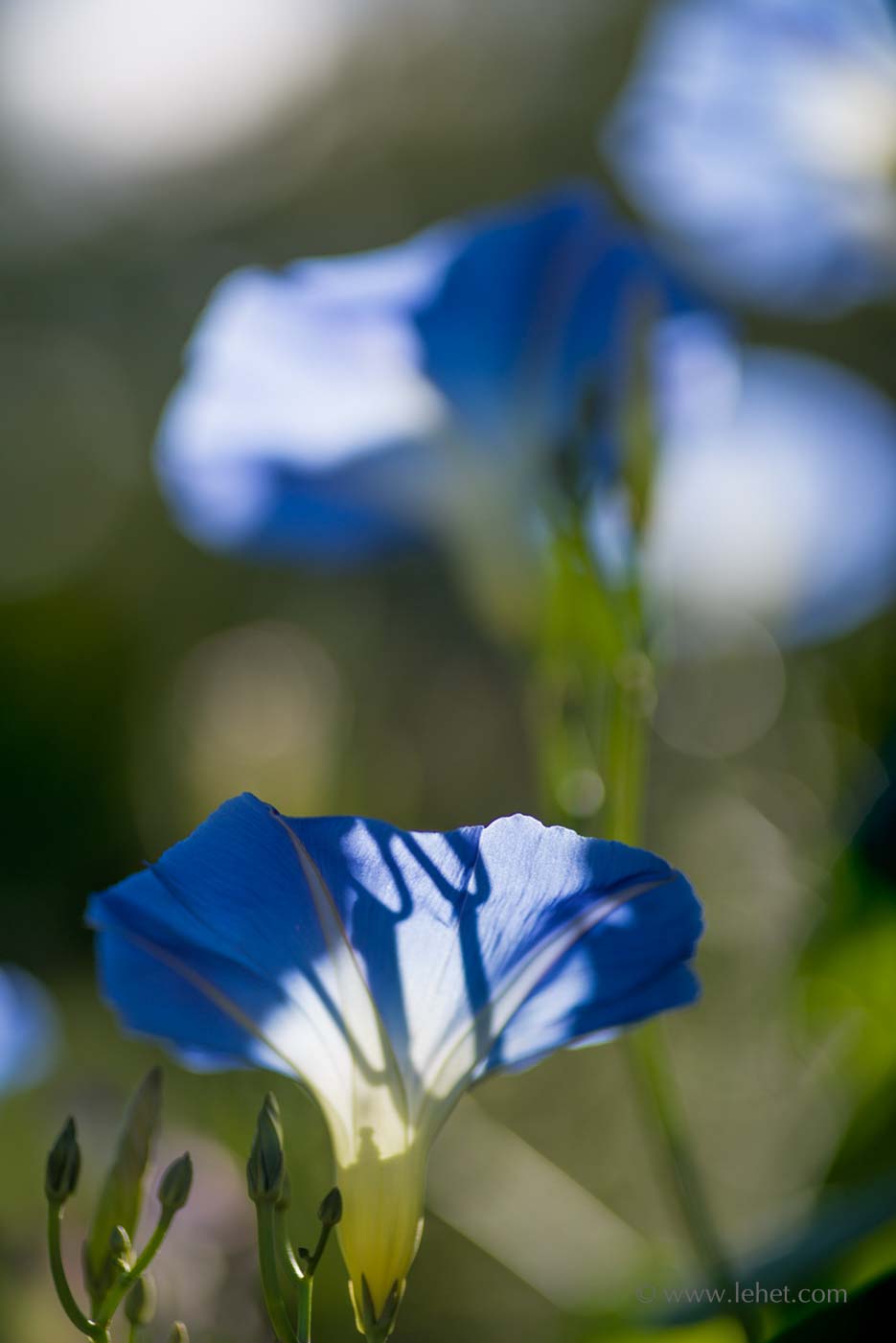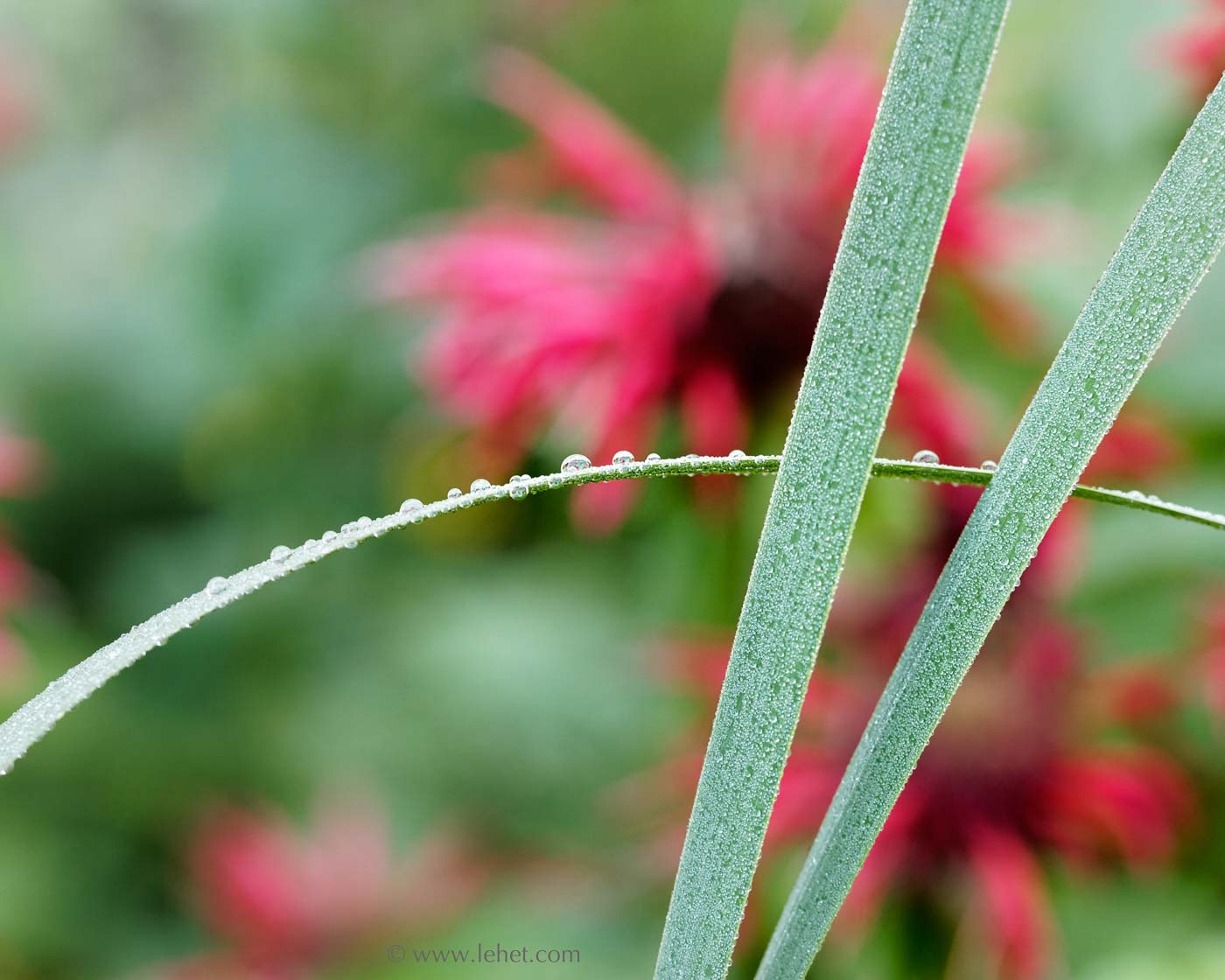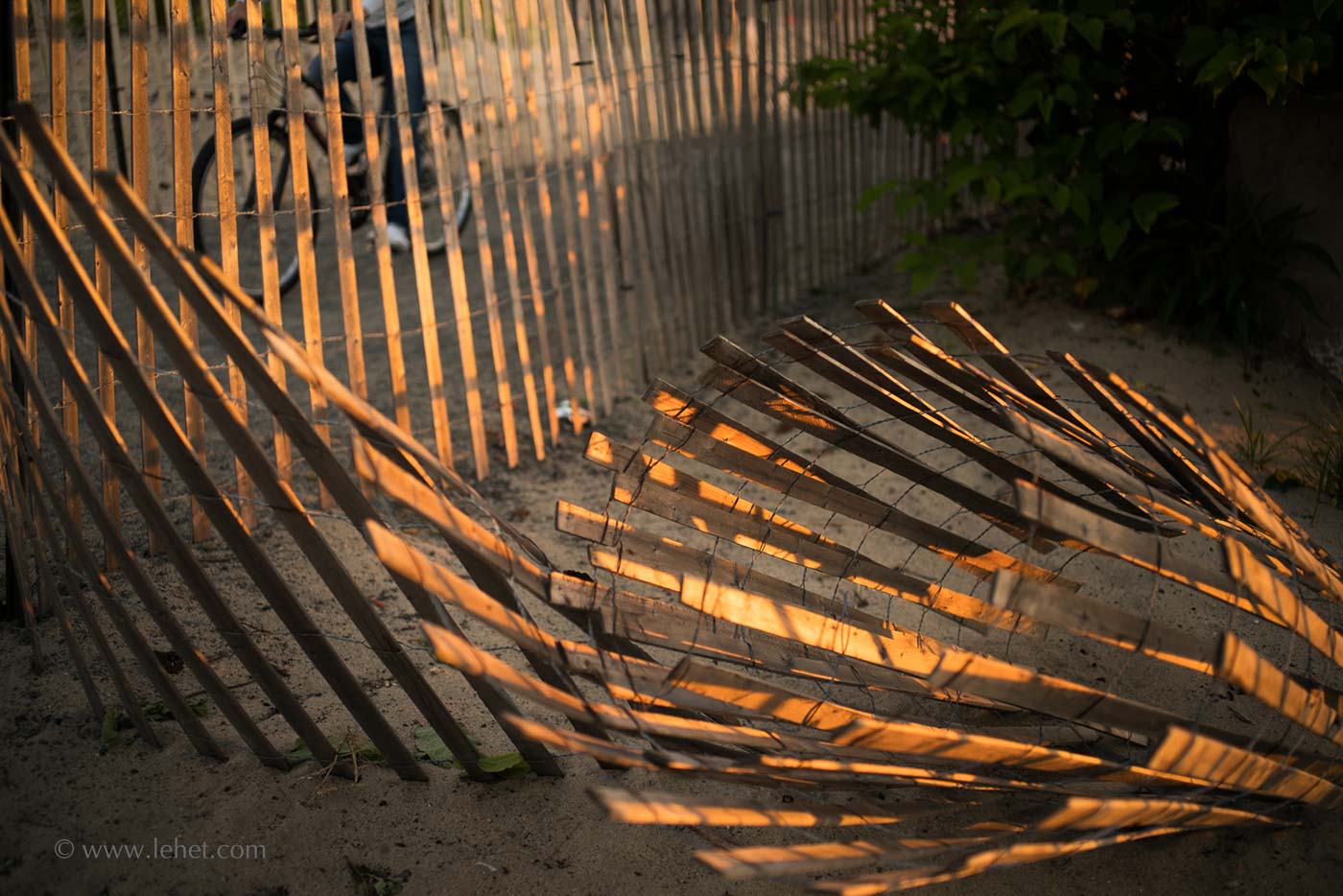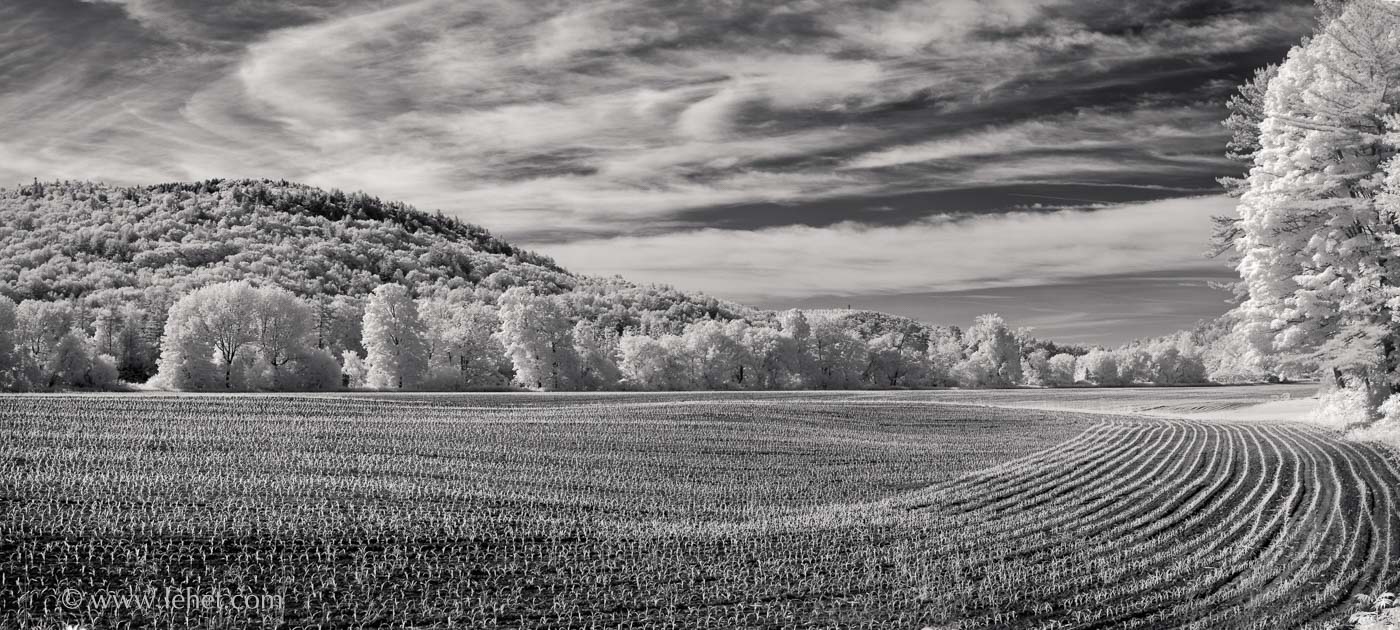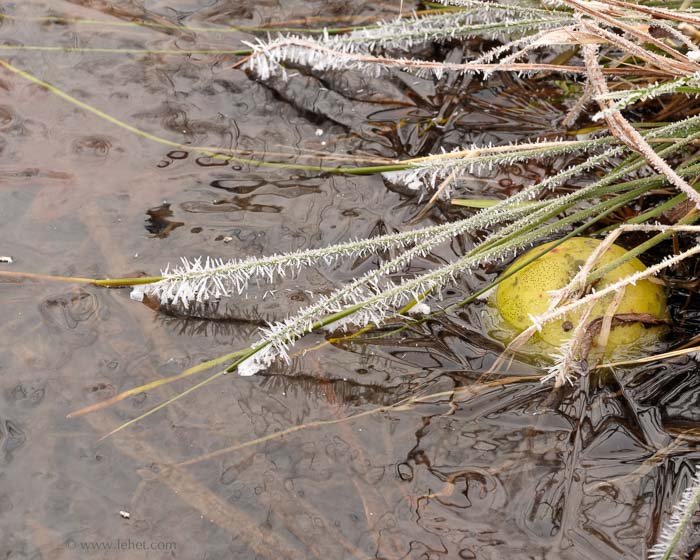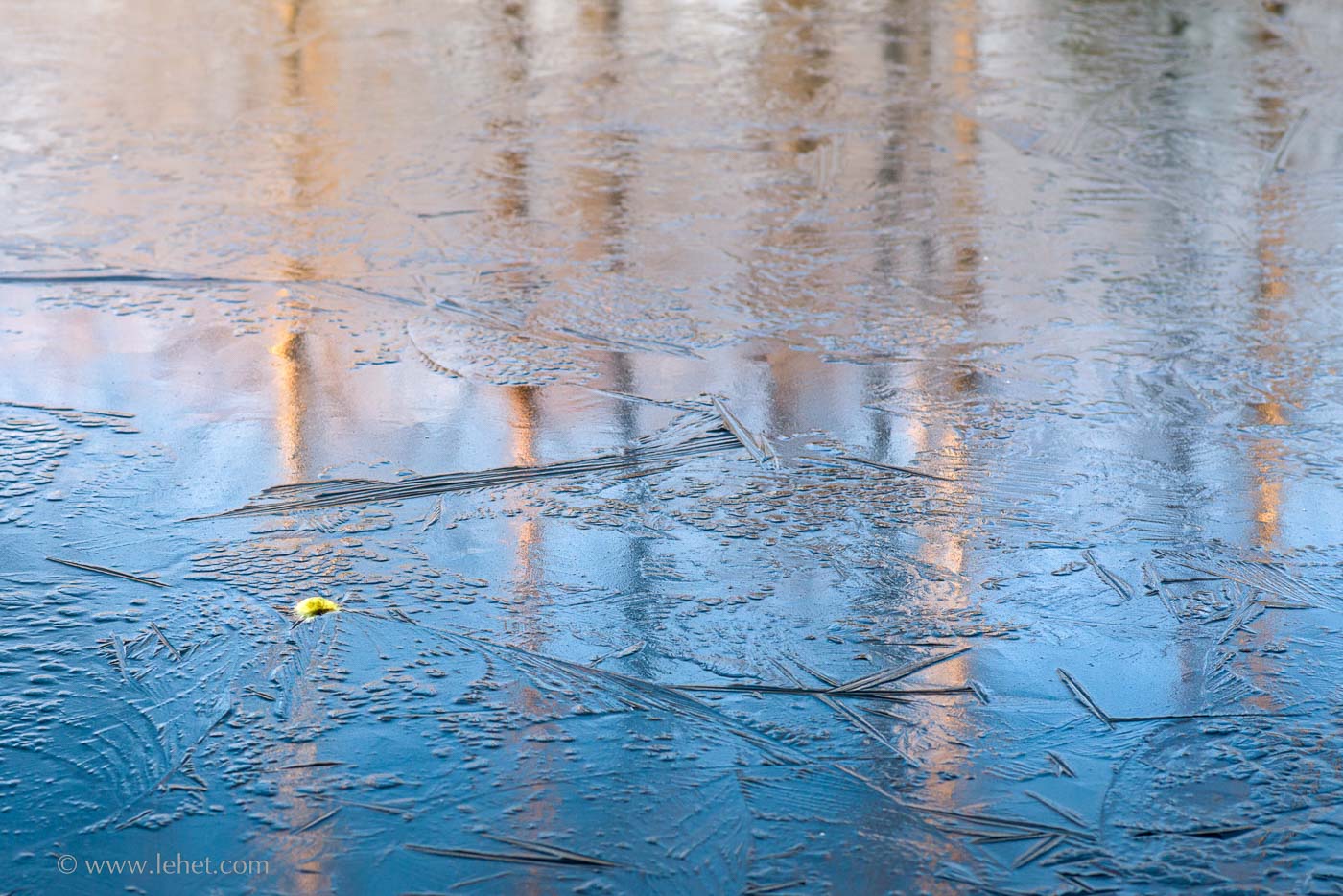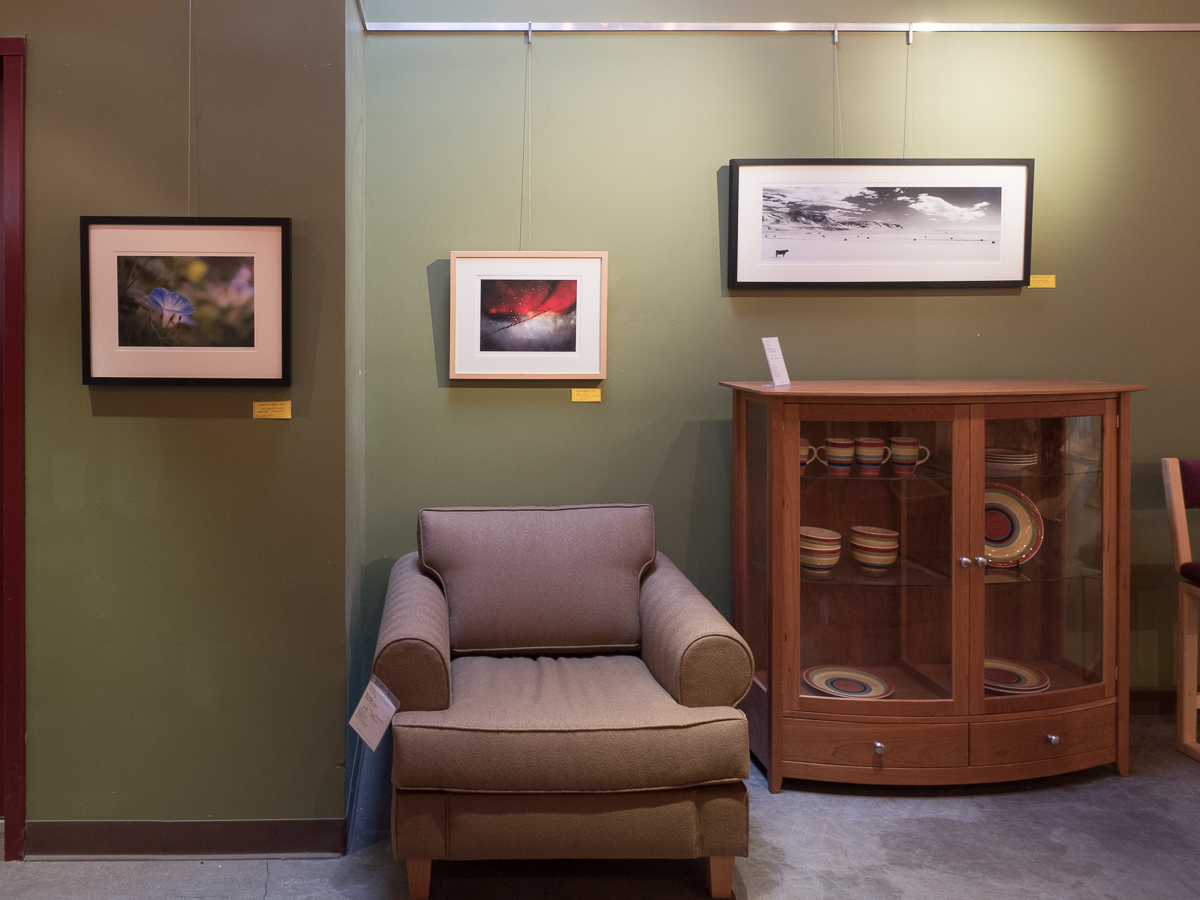
Last Friday I installed 8 pieces for a little show in the Pompanoosuc Mills showroom in East Thetford Vermont, as a sort of annex show for the Long River Gallery . I didn’t know about the green walls before I showed up, but as luck would have it, it works out. The lighting is good, the space is huge, the furniture is beautiful. I framed up two new pieces, shown above and some tried and true images.
“Light on One Morning Glory,”
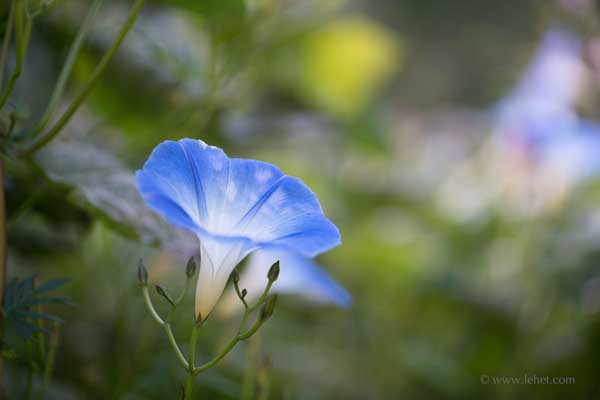
is printed on Canson Aquarelle Watercolor paper. I love how the sharp, dappled morning glory flower pops from the bokeh-blur background, which melts into the texture of the watercolor paper. I placed it in a spot where it’s easy to get right up to it to see the interplay of color and the paper texture.
The other new one is “Beets in Ice, which was a little tricky to get just right as a print.
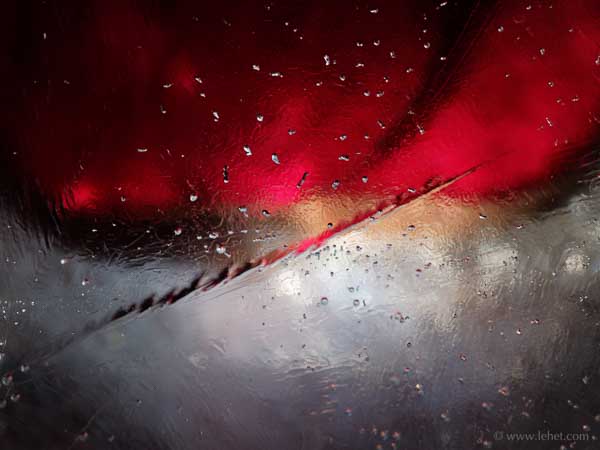
There is a lot going on in this simple still life poem of tones, and balancing the light with the velvet of the shadows was the tricky part. It’s printed on Canson Etching Edition paper, with some nice texture, but less than the watercolor.
The big one in that setting is “One Cow, Thirteen Hay Bales,” a panorama in a 40 inch Ash frame.

This has always been one of my favorites. An infrared panorama, it gives a sense of space, and not just space in the physical sense, but spaciousness of mind. To me it triggers the sense that there is room between thoughts, that everything doesn’t need to be so dense and solid in our experience.
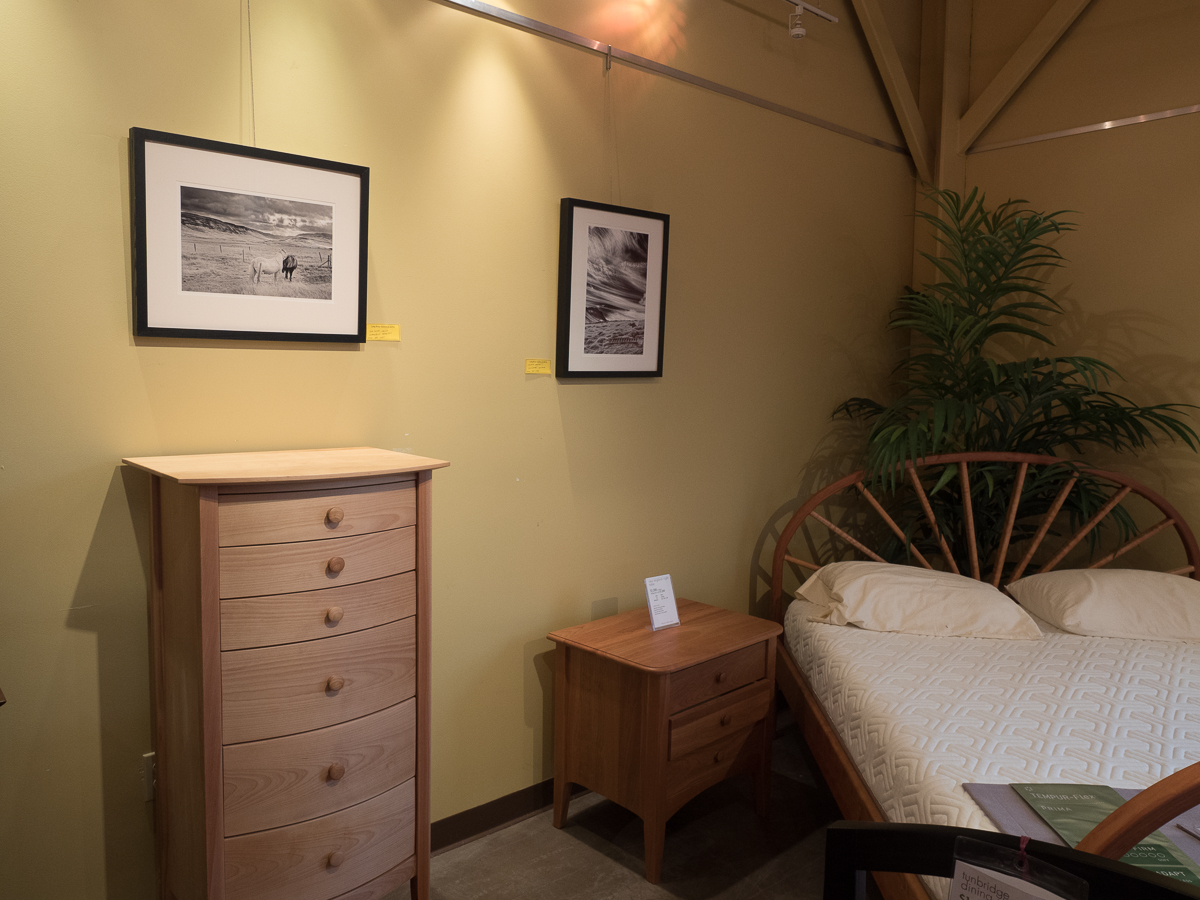
These are two “classic” prints of mine, exposed in Iceland on my last trip there. Though I’m not usually a purveyor of horse photos, I love the play of tones, and the emotional warmth of the two friends in the photo “Two Horses, Iceland”
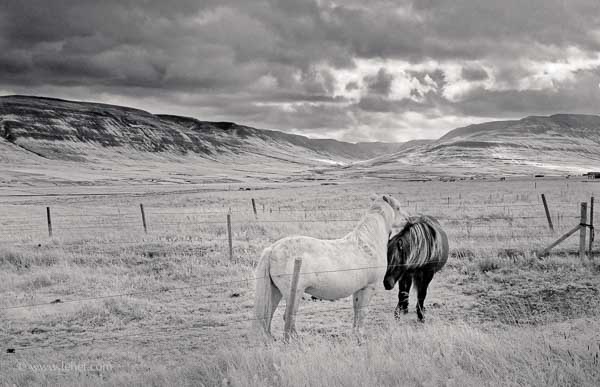
Horizontal Staircase, Iceland ” is a kind of strange poem, exposed with the infrared camera, and toned the way I used to split-tone prints on silver chloride paper with selenium toner, in the darkroom days
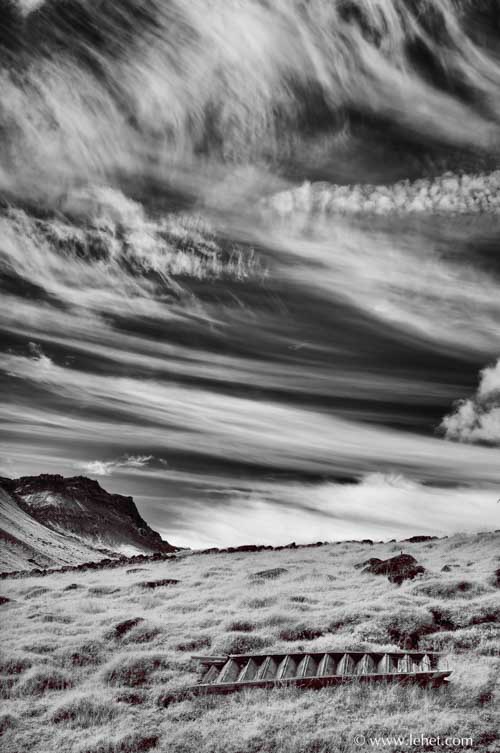
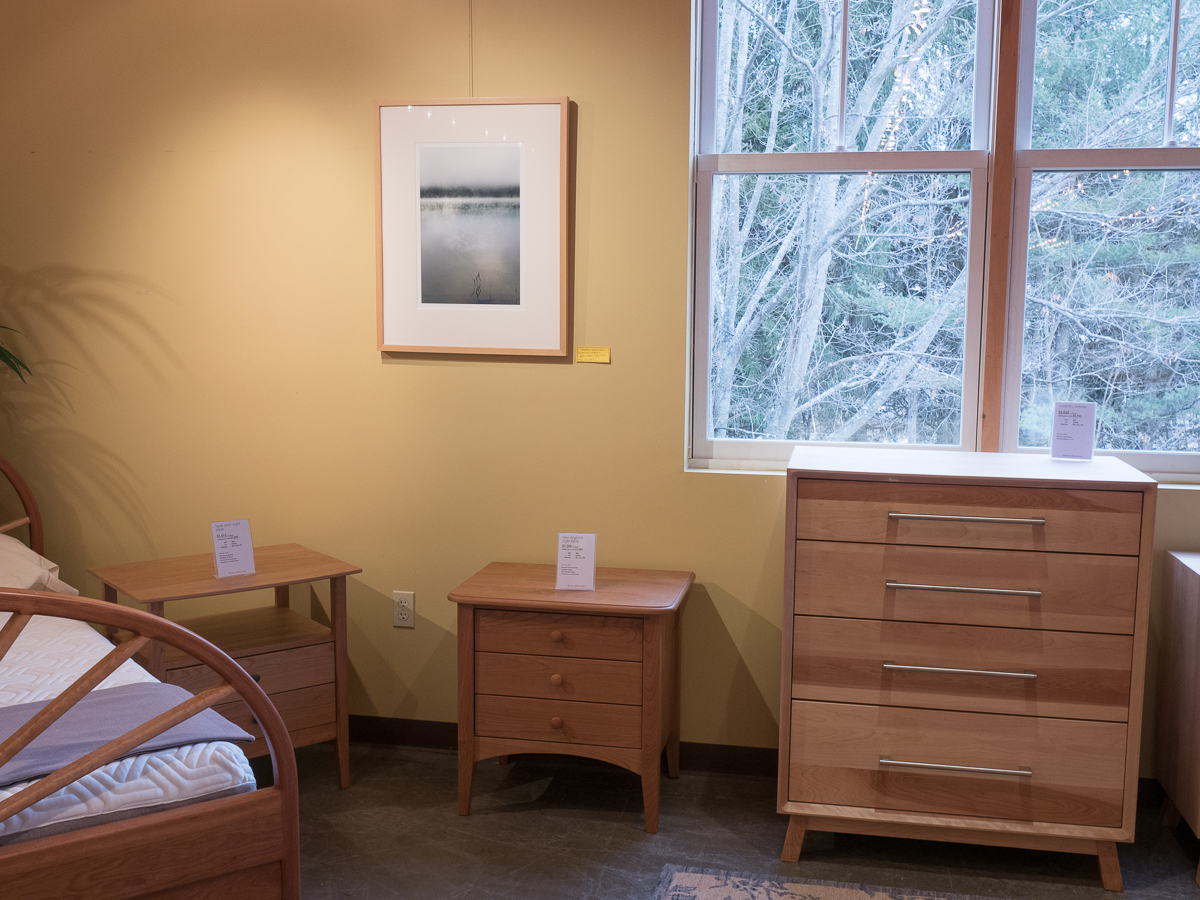
This single large print, Pickerelweed, Mist Breaking Up, Post Pond is also one of my favorites, printed on Canson Rag Photographique. There is just a bit of papery texture blending with the subtle tones.
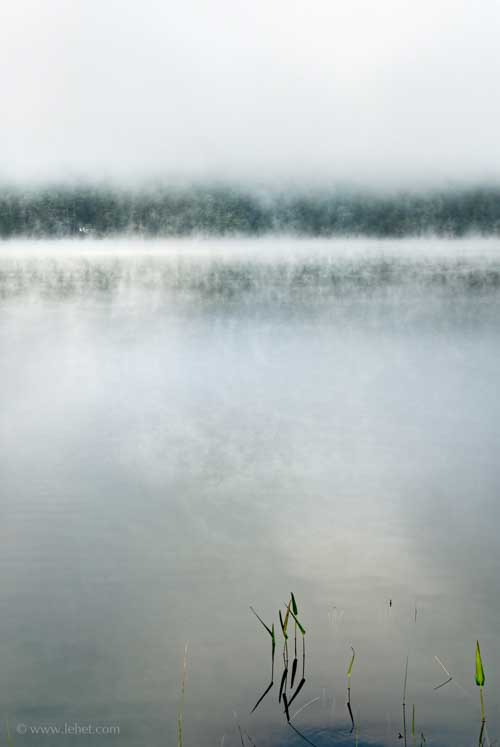
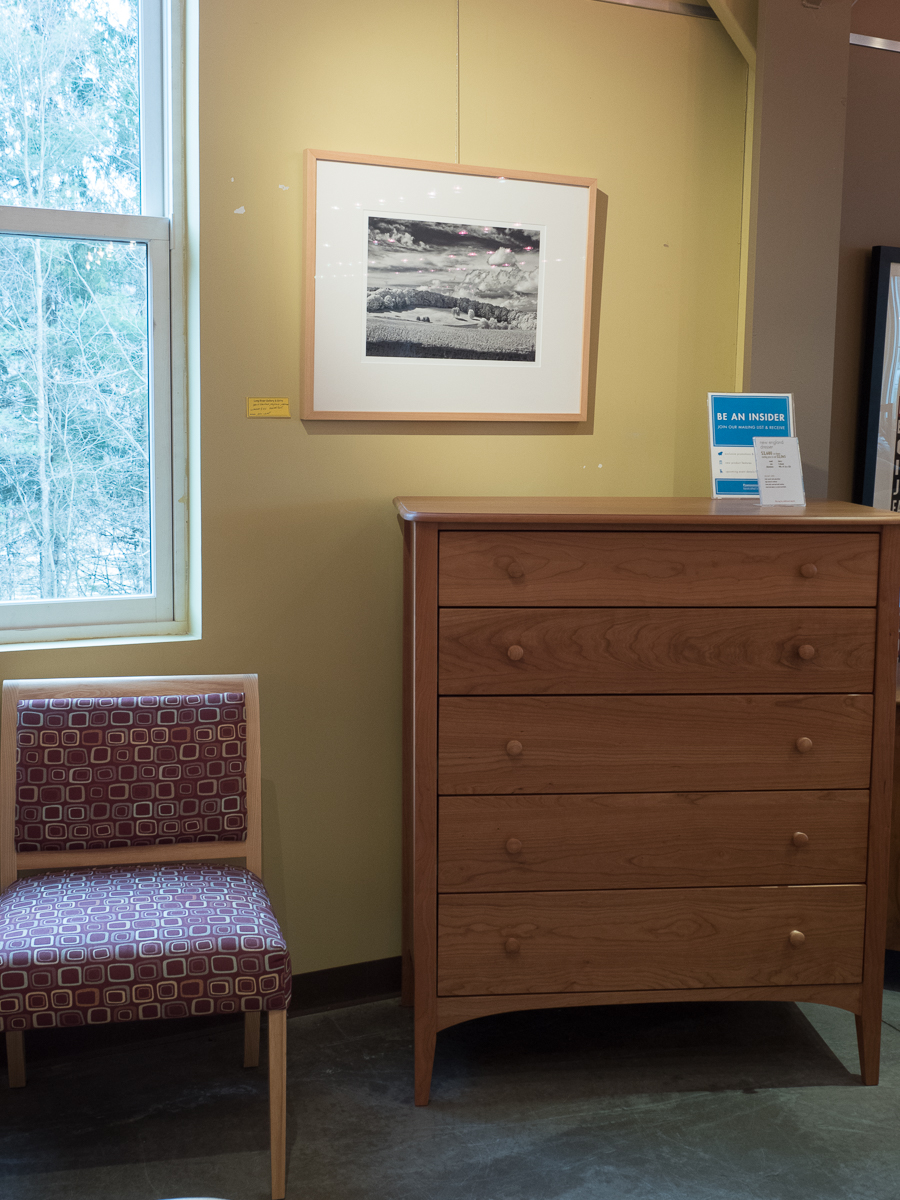
All by itself, “Spring Cornfield, Hay Field, Clouds Hartland Vermont” holds the space quiet well. If you’re there, walk up close. For that matter, walk up close to any of them! I try to match paper texture to the print character, and the details are worth seeing in the print.
This print will be hanging through the spring and summer in a show at the Boston Athenaeum: New England on Paper: Contemporary Art in the Boston Athenæum’s Prints & Photographs Collection

The final photo is another from iceland, Black Sheep, White Sheep, Curved Road

